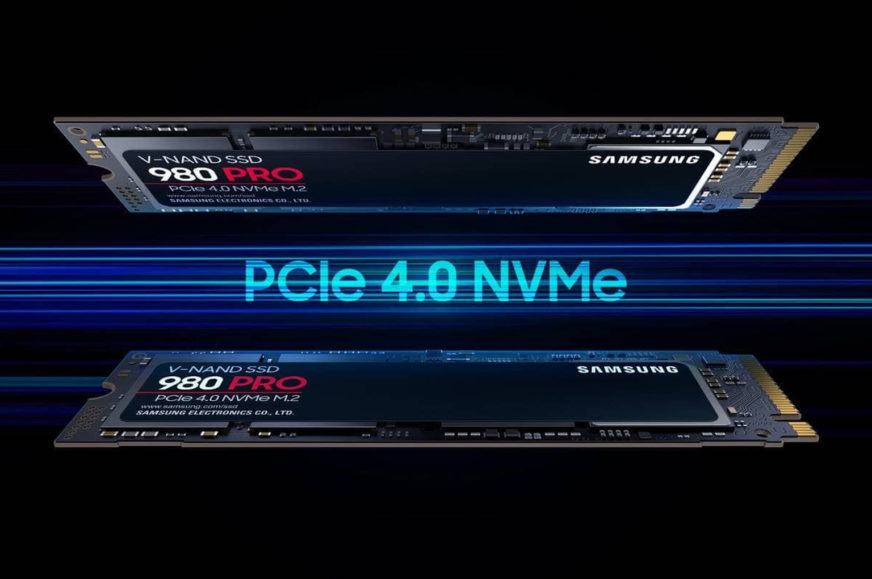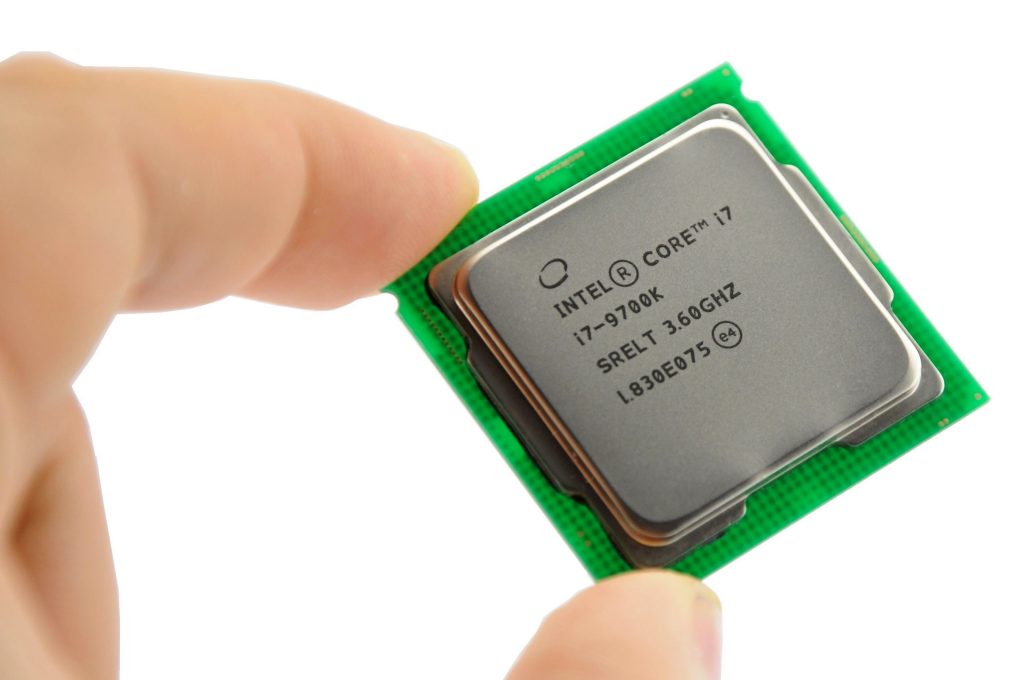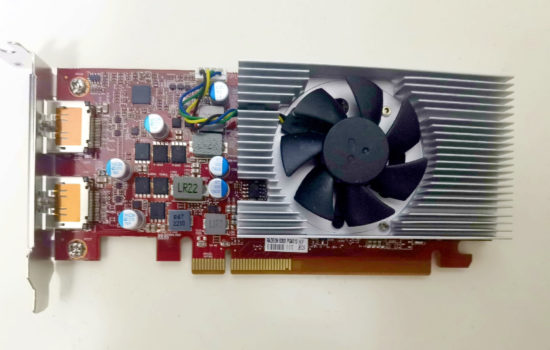After graphics cards and processors, SSDs are now being counterfeited too
When you shop on auction servers or Chinese internet “marketplaces”, you are at risk of counterfeit hardware. There have been and still keep being sold counterfeit graphics cards (that usually contain old and worthless GPUs), but also processors. And now, apparently, we are getting counterfeit NVMe SSDs. They also appeared in China and are while they are quite sophisticated, you won’t get the desired features and performance.
Fake drives sold by Chinese retailers aren’t exactly new – there was a well-known case of the dangerous external HDDs with just a small flash drive inside, which lied about its capacity and simply threw away data it couldn’t hold silently. In this new case of SSDs, you aren’t being burned as extremely. The counterfeits that have surfaced now are masquerading as Samsung SSD 980 Pro NVMe modules, which are quite powerful storage devices. If you fall for this fake, you still get an NVMe SSDs, just a lower-performance one.
According to the testimony of a Chinese user on Tieba Baidu, the fake SSD tries very hard to look like a Samsung SSD 980 Pro – it includes an original or original-looking sticker and reports itself as a Samsung SSD 980 Pro in the system. It seems to even fool the Samsung Magician software into reporting it as a Samsung drive (although we assume that any attempt to update the firmware with this tool would certainly fail).
While fake the drive isn’t a non-functional prop. Rather, after removing the sticker you can see that it’s simply a different module. Samsung, as you know, uses its own controllers and NAND. But in this case, the SSD has 128-layer TLC 3D NAND chips from Chinese manufacturer YMTC and the controller is a Maxio MAP1620A chip manufactured on a 12nm node. So these are slightly lower-end components, but what’s a bit odd is that the counterfeiter actually did use a controller that supports PCI Express 4.0×4, even though it’s a DRAMless controller using 32MB HMB, while the Samsung SSD 980 Pro of course has a DRAM cache.
[FAKE] Samsung 980 PRO SSDhttps://t.co/SjcIDPpmmd pic.twitter.com/OXbEqz9Avd
— 포시포시 (@harukaze5719) March 14, 2023
The performance is weaker than what you would get from a high-end Samsung – roughly 4800 MB/s read and 4500 MB/s write speeds were measured in CrystalDiskMark, other tests yielded somewhat lower speeds (3900–4200 MB/s), whereas the Samsung 980 Pro SSD is supposed to reach up to 7 GB/s in sequential transfers. You can also count on significantly worse IOPS and performance under heavy load, something that cannot be completely avoided with a cheaper DRAMless solution.
Still, the user isn’t cheated on performance as much as one would expect (at least it’s not some downright low-end or old PCIe 3.0 SSD under the hood), plus the seller wanted a much lower price than what a typical Samsung SSD 980 Pro costs. But of course, there’s the question of how reliable this SSD will be in standard use when it’s masquerading as a different module. You can probably forget about any warranty or support and updates (the only way would be to find out what legitimate Chinese SSD this creation was made from and reflash the firmware).
It is also likely that the this particular drive actually not sucking extremely badly in comparison to what it’s pretending to be is more of an exception. More than likely, there will be heaps of counterfeit SSDs of much worse value from more unscrupulous manufacturers. We expect that we’ll again see non-functional fakes where a small cheap module will misrepresent the capacity, so you will lose data using it.
So be very, very careful if you think of buying SSDs on Aliexpress, Taobao, but probably also on eBay or your local auction servers, because if SSD counterfeiting becomes more widespread, such modules may spread further into the world from the primary sources, as either fraud victims or profiteers try to resell them again after getting them from China. It’s probably time to start at least checking for any differences in the photo versus what the original piece of hardware looks like, just to be safer when buying (but note that sometimes the differences can be legitimate if the manufacturer does some revision or uses promotional visuals instead of photos of the real product).
Suggestion: Beware of fake Intel CPUs! “Second-hand” pieces may be fakes
If you shop through these channels and you are scammed, it may be difficult to get a replacement or refund. So be cautious and consider whether it isn’t better to buy a new SSD of a cheaper price tier but from a reputable store with a warranty instead of taking a risk in second-hand market.
Sources: Tom’s Hardware, Harukaze5719, Tieba Baidu
English translation and edit by Jozef Dudáš
⠀












